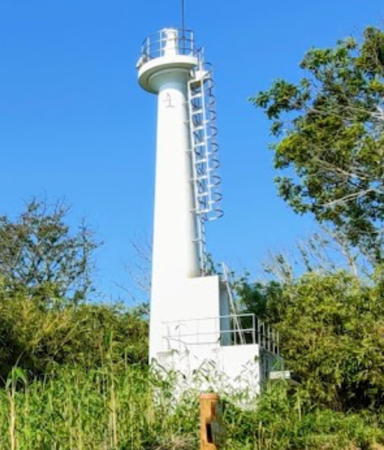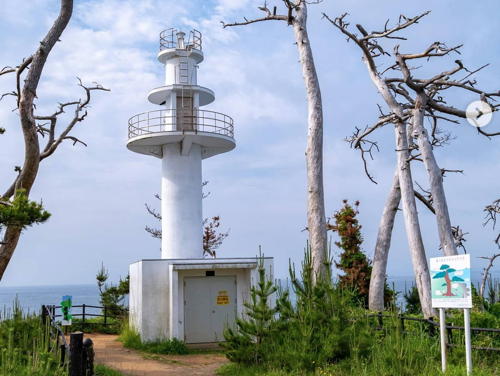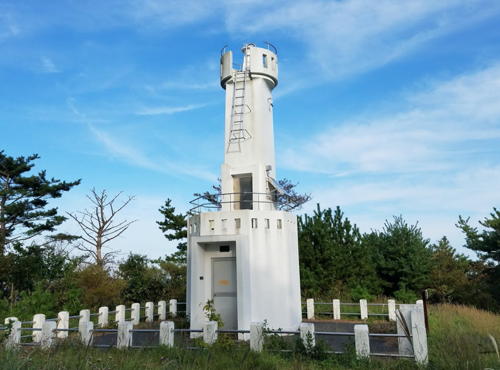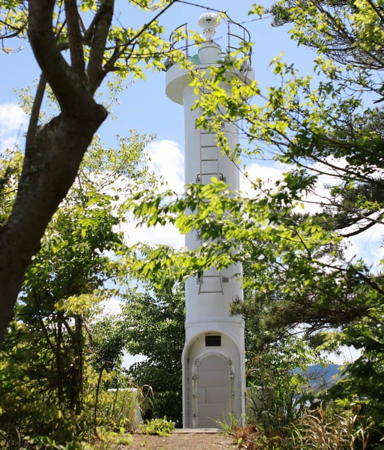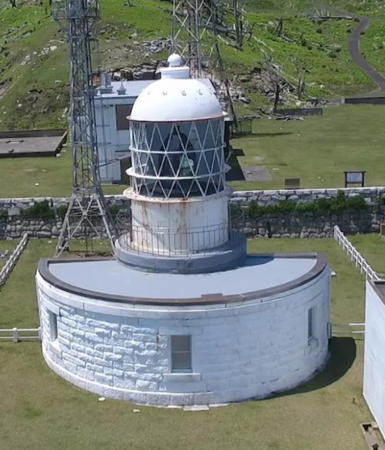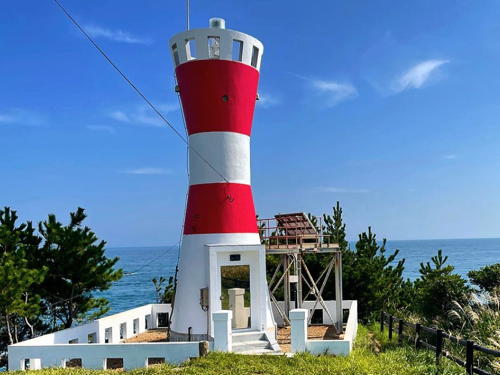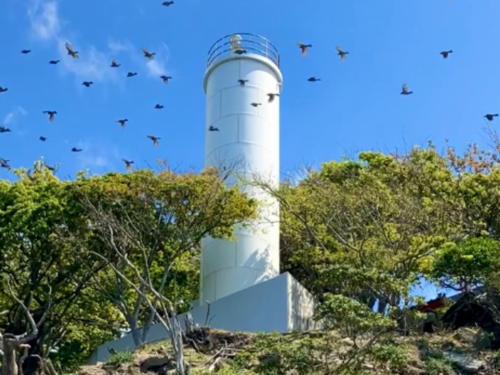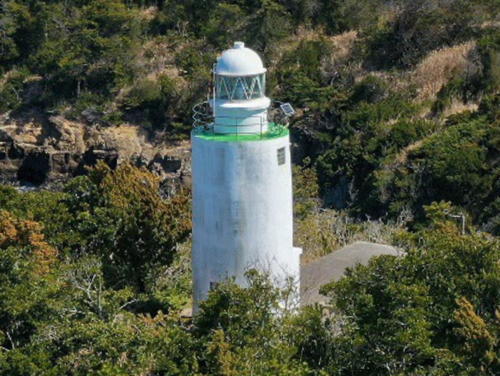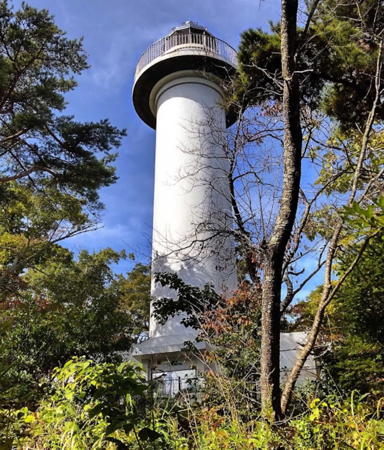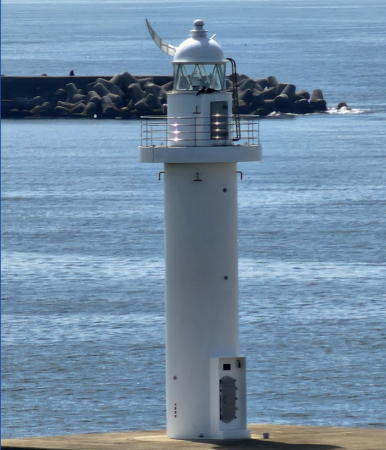The nation of Japan, known in Japanese as Nihon or Nippon (日本), occupies an archipelago off the east coast of Asia. The four main islands are Hokkaidō in the north, Honshū (the largest) in the center, Shikoku in the south, and Kyūshū in the southwest. The country includes thousands of other islands of all sizes; among them the Ryūkyū (Nansei) Islands are a long chain extending to the southwest and including the large island of Okinawa, and the Nanpō Islands are another long chain extending south into the Pacific Ocean. Much of Japan is mountainous but the coastal regions are densely populated and urbanized; the country's population is about 126 million.
Japan is divided into 47 prefectures. This page lists lighthouses of Miyagi Prefecture on the northeastern coast of Honshū. The northern coast of Miyagi, facing east on the Pacific Ocean, is rugged and spectacular. The southern coast faces Sendai Bay and includes the important ports of Ishinomaki and Sendai.
This coast was devastated by the great Tōhoku earthquake and tsunami of 11 March 2011; the epicenter of this mammoth magnitude 9.0 quake was about 70 km (43 mi) east of the Miyagi coast. The major lighthouses are high enough above the sea to escape the tsunami; all were damaged by the earthquake to some extent but they have been returned to service. A number of harbor lights were overturned or destroyed by the tsunami.
In Japanese the word for a lighthouse is tōdai or toudai (灯台). The words saki and misaki are for capes and headlands, hana ("nose") is a promontory, hantō is a peninsula, shima (also spelled sima or jima) is an island, bae is a reef, iwa or shi is a rocky reef, amase or se is a shoal, wan is a bay, nada is a sound or basin, kaikyō is a strait, kawa is a river, and kō or minato is a harbor.
Lighthouses in Japan are operated and maintained by the Japanese Coast Guard's Maritime Safety Agency. On Honshū there is usually one Coast Guard Section Office in each prefecture. That is the case in this region, with the Miyagi office located in Shiogama.
ARLHS numbers are from the ARLHS World List of Lights. JCG numbers are the Japanese Coast Guard's light list numbers. Admiralty numbers are from volume M of the Admiralty List of Lights & Fog Signals. U.S. NGA List numbers are from Publication 112.
- General Sources
Lighthouses in Japan - Miyagi - A site providing photos and data for most major Japanese lighthouses.
- Lighthouse-Japan.com - Miyagi
- Another comprehensive site with photos and notes from visits to many lighthouses.
- Lighthouses in Miyagi Prefecture
- This site has photos from recent visits with notes about access; it is cited below as FOAL (Form of a Lighthouse).
- Lighthouse Visits
- A fourth site with photos of most Japanese lighthouses.
- Second Region Lighthouse Story
- Posted by the Coast Guard region office in Aomori, an interactive map linking to information on the major lighthouses.
- Misty's Japanese Lighthouse Tour - Miyagi
- Photos and brief notes for lighthouses in all parts of the country.
- Lighthouses in Miyagi Prefecture
- Photos by various photographers available from Wikimedia.
- Online List of Lights - Japan - Honshu East Coast
- Photos by various photographers posted by Alexander Trabas.
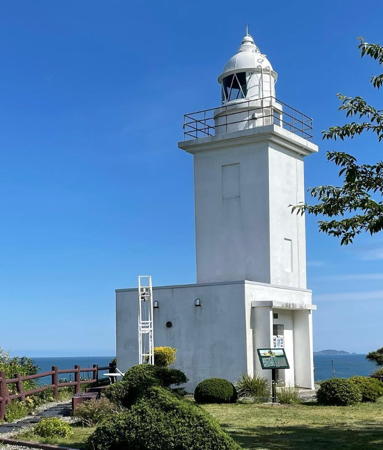
Ōsu Saki Light, Ishinomaki, June 2022
Instagram photo by moc_kashi72
